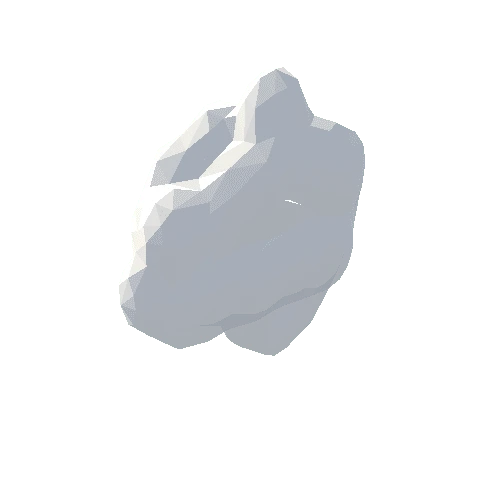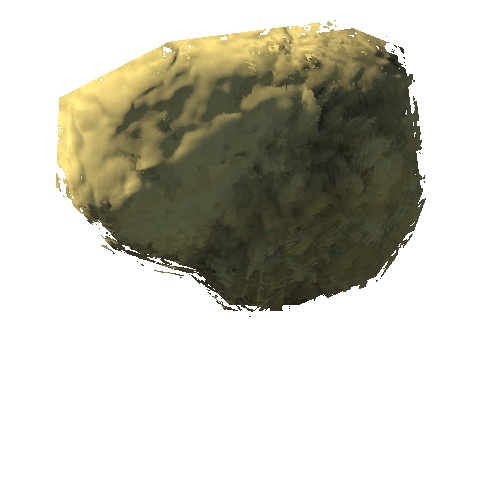Select or drop a image or 3D model here to search.
We support JPG, JPEG, PNG, GIF, WEBP, GLB, OBJ, STL, FBX. More formats will be added in the future.
Asset Overview
This specimen (BIRUG 50264) of the ammonite *Ringsteadia anglica* preserves the intricate sutures, showing the position of the septa that separate the chambers of the shell (phragmocone).
Ammonite sutures are very useful in finding out the time-frame in which the animal lived. The sutures usually form a wiggley line of some kind – the curves pointing away from the aperture (opening) are called “saddles”, and those pointing towards the aperture are “lobes”.
If both the saddles and lobes are very intricate, with fern- or finger-like projections (such as in this specimen), the ammonite dates from the Triassic to the Cretaceous. If intricate patterns are only found on the lobes, the ammonite is from the Permian to the Triassic. If the suture has no intricate patterns (is just a smoothly curving wiggley line) the ammonite dates from the Devonian to the Permian.
This specimen is from the Oxfordian Age of the Jurassic. Scanning was performed using an Artec Spider 3D scanner by Courtney Szanto.


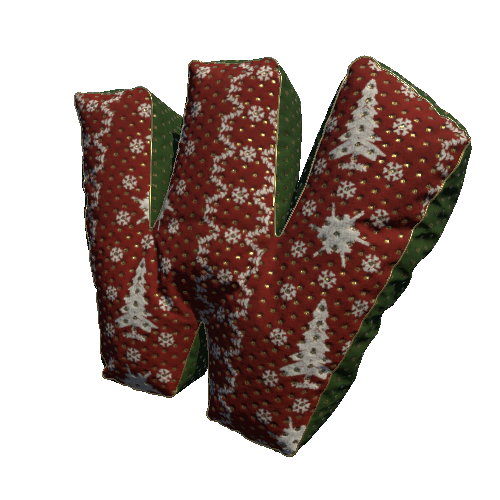

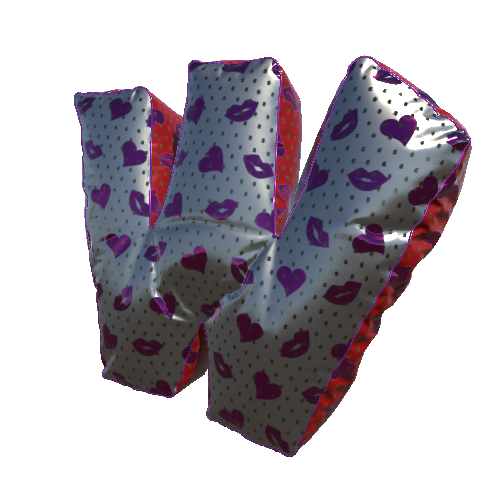




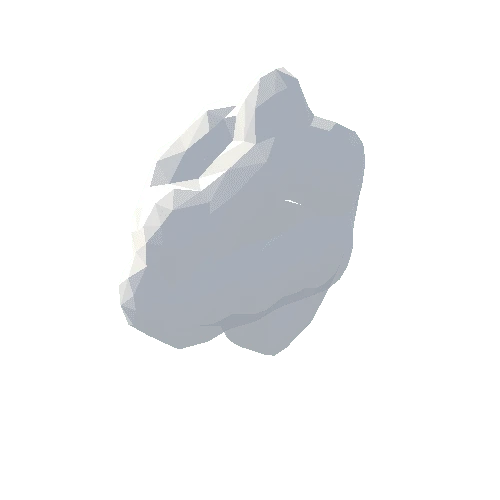

/Screenshots/Mask6 (1)_110.webp)
